Odd Man Out (1947)
“As long as he lives, he’ll belong to the organization.”
|
Synopsis: |
|
Genres, Themes, Actors, and Directors:
Response to Peary’s Review: I couldn’t diverge more from Peary’s assessment and overall regard for this film, which I find consistently engaging, innovative, and touching. Robert Krasker’s cinematography is simply stunning (especially so in the new Blu-Ray transfer): one feels instantly dropped into a nightmarish yet all-too-real world of policemen on every corner: … kids playing innocently while refugees flee: and (nearly) everyone keeping an eye out for their own needs and goals while also offering a tentative hand of support. (A notable exception is Maureen Delaney’s creepy portrayal of “Theresa O’Brien”, a supposed IRA supporter whose twitchy eye belies her innate corruption.) Mason’s performance is top-notch throughout: yes, he “falls down” again and again, but this is clearly because he’s mortally wounded and simply trying to stagger his way to the next reasonable haven. Rather than a Christ-like figure, one could easily argue that he’s a fatally flawed protagonist, given his unwillingness in opening scenes to cede his power and authority to a capable colleague (Robert Beatty) who is ready and willing to take over — and his men (Dan O’Herlihy, Roy Irving, and Cyril Cusack) are right to (respectfully) question his fitness for the job. The other supporting characters — including “his girlfriend (Kathleen Ryan) [who] wants to spend his last hours with him; a priest (W.G. Ray) [who] wants to hear his confession; a derelict (F.J. McCormick) [who] wants to hand him to either the priest or the police, whoever can offer him more; [and] a mad artist (Robert Newton) [who] wants to use him as a model because he has the eyes of a dying man” — are all part of the surreal cityscape in which the “Irish troubles” play out, with tragic results. Redeeming Qualities and Moments: Must See? Categories
(Listed in 1001 Movies You Must See Before You Die) Links: |
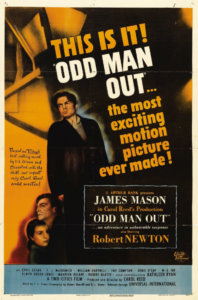

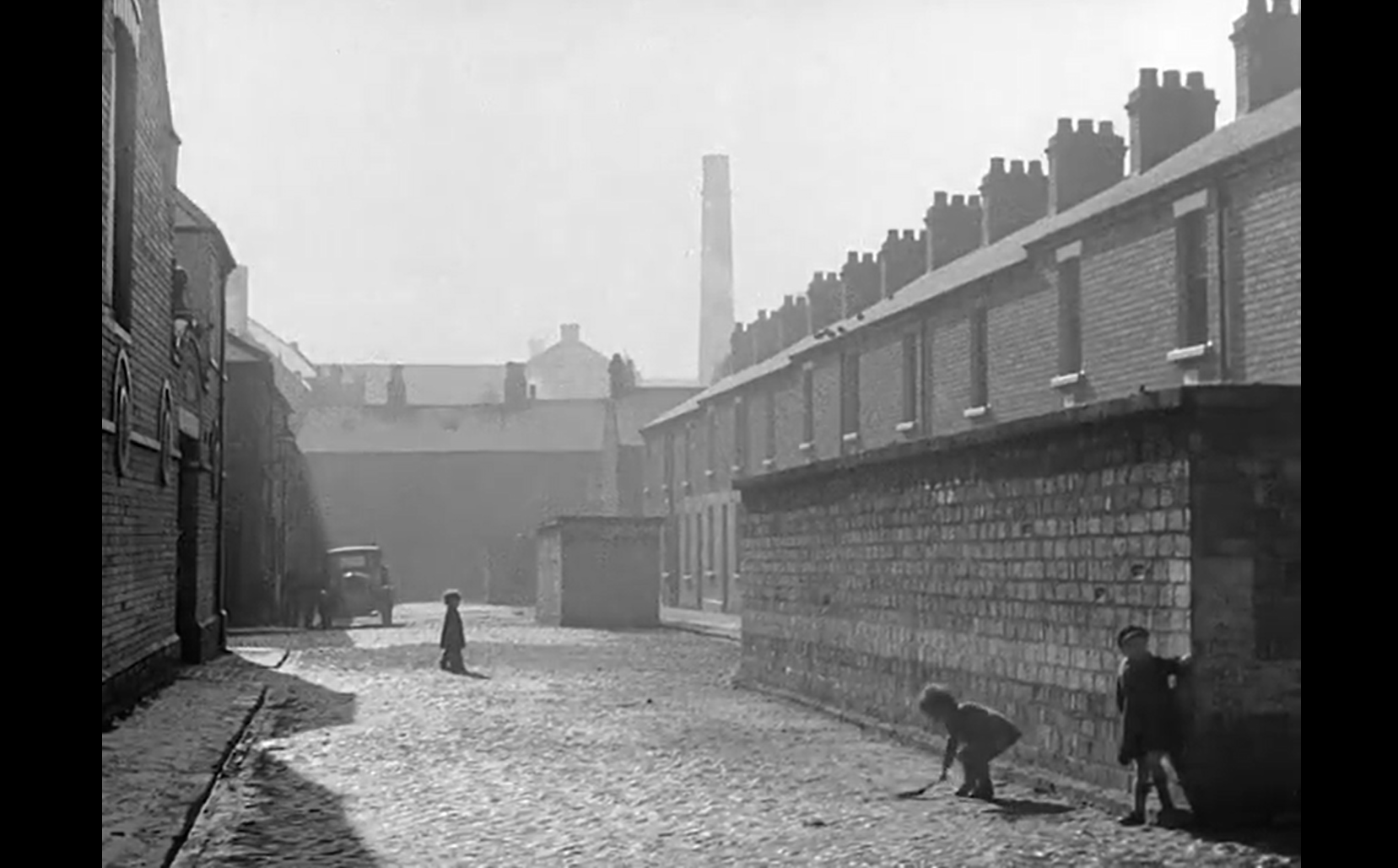
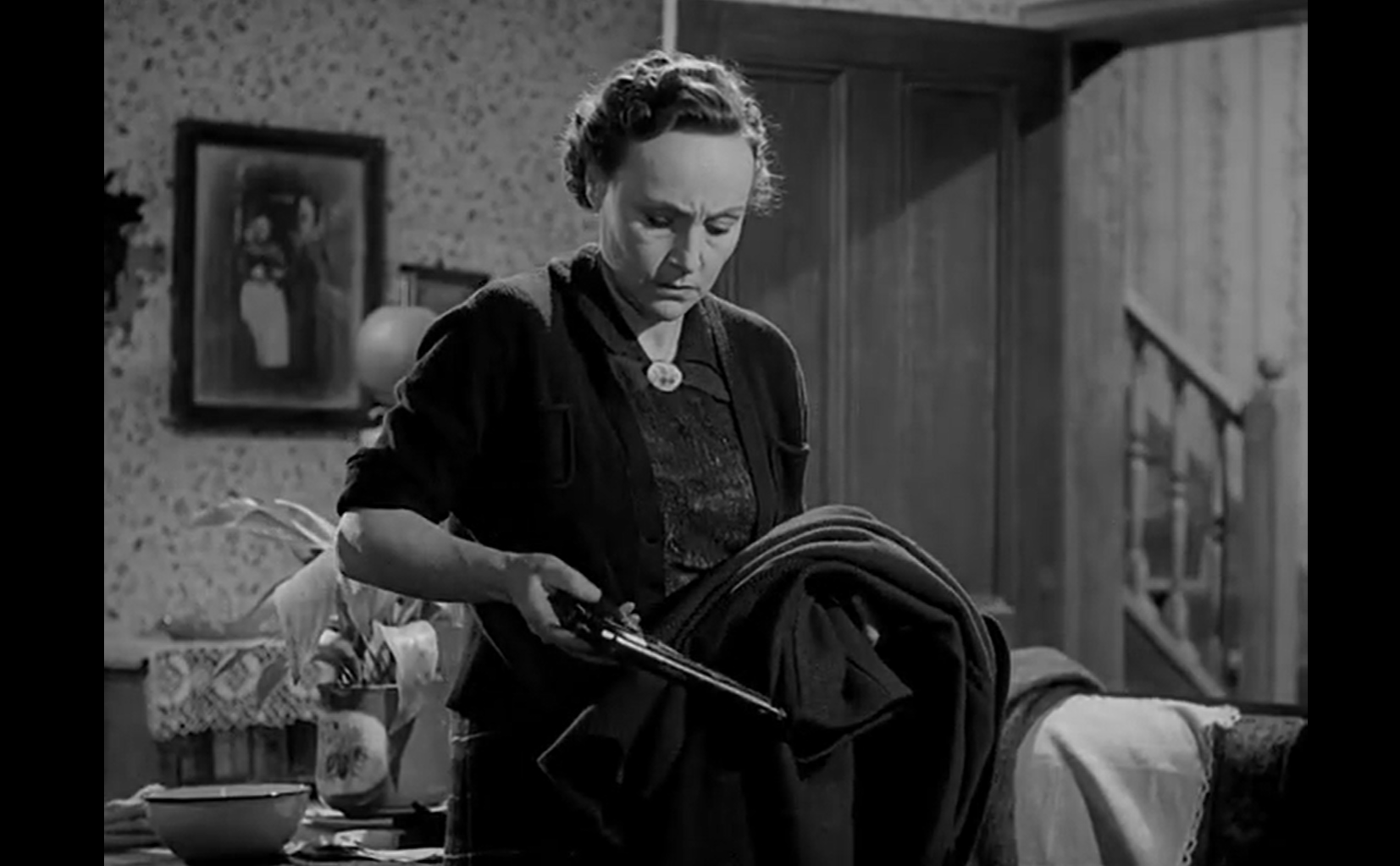


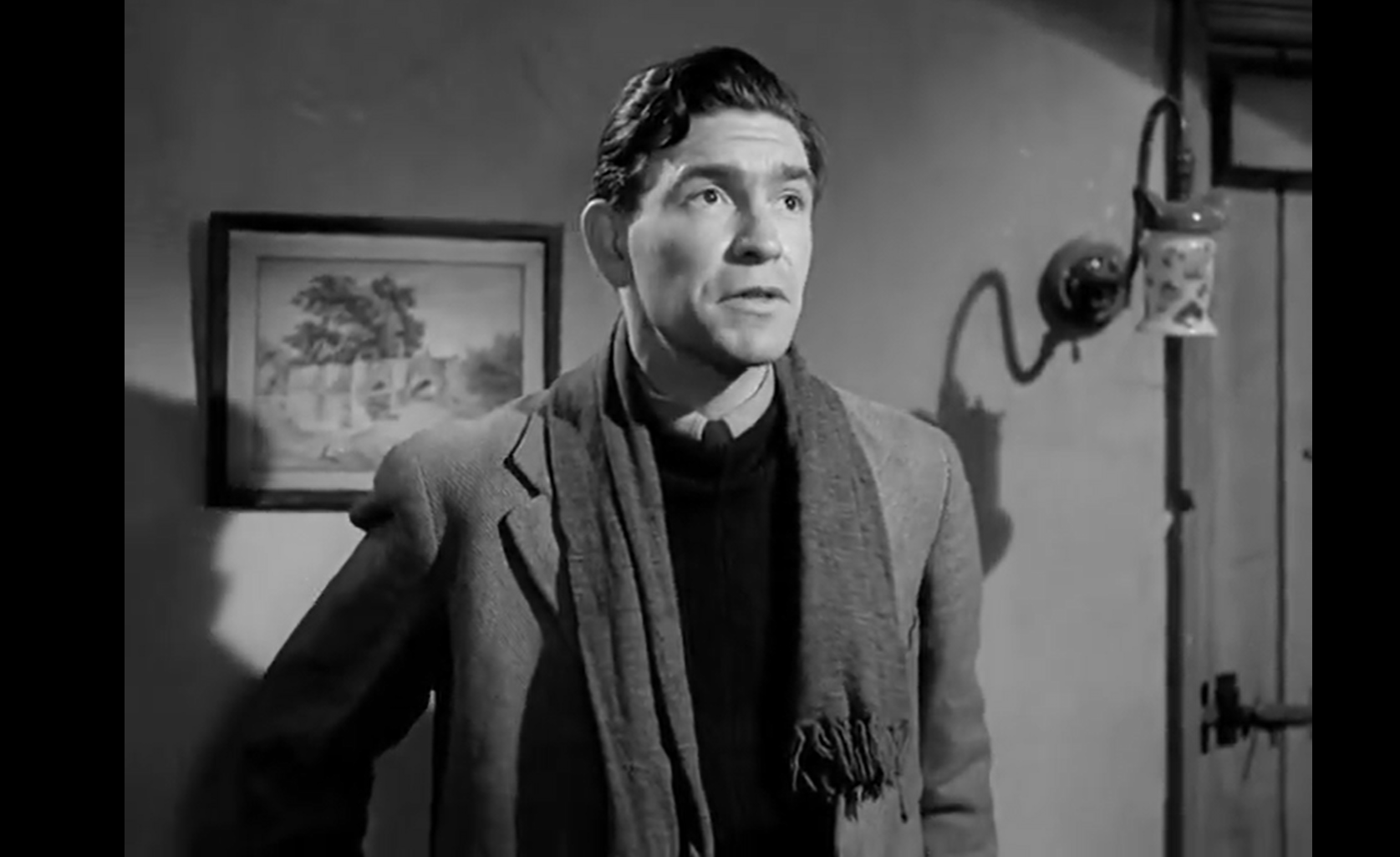
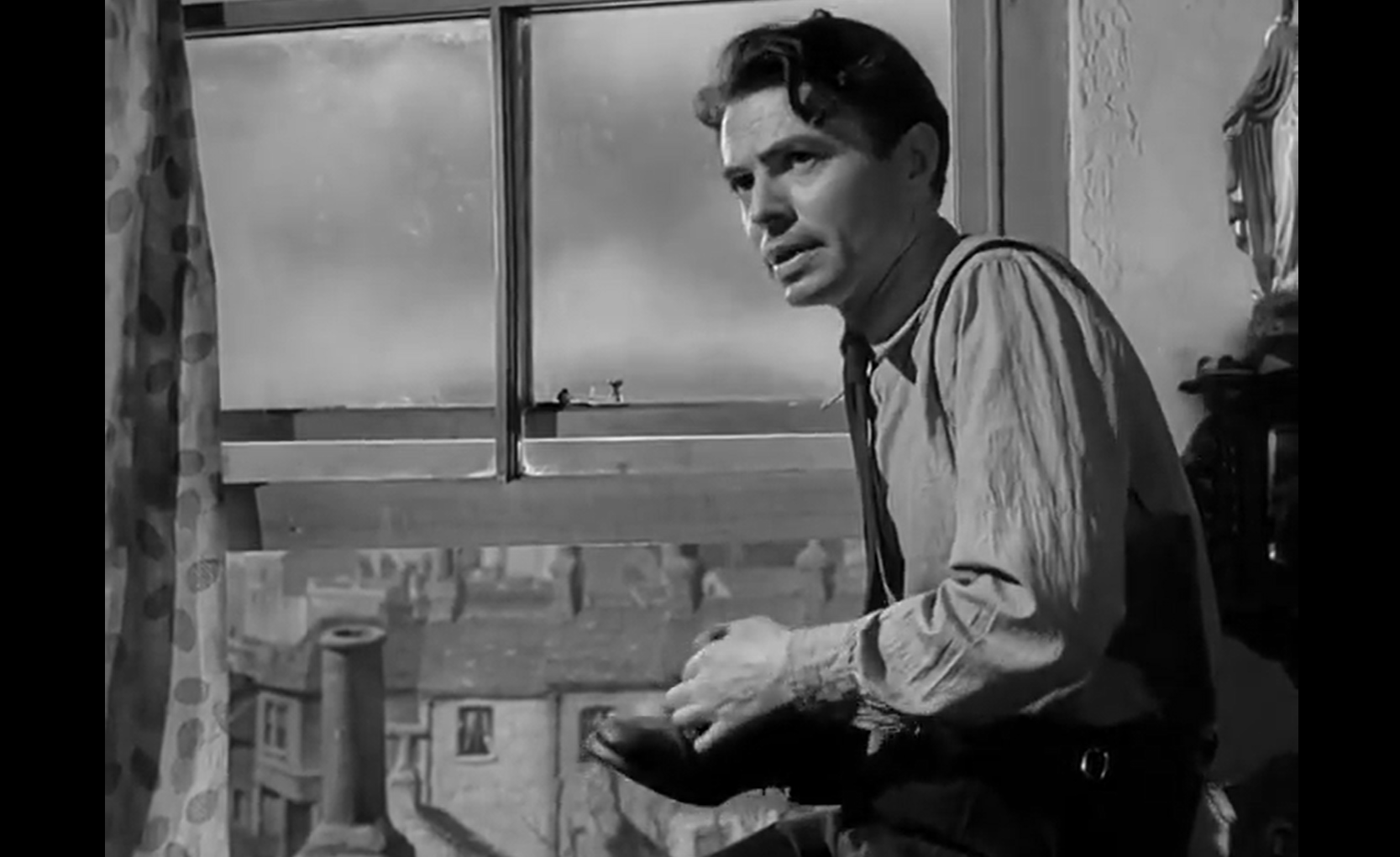

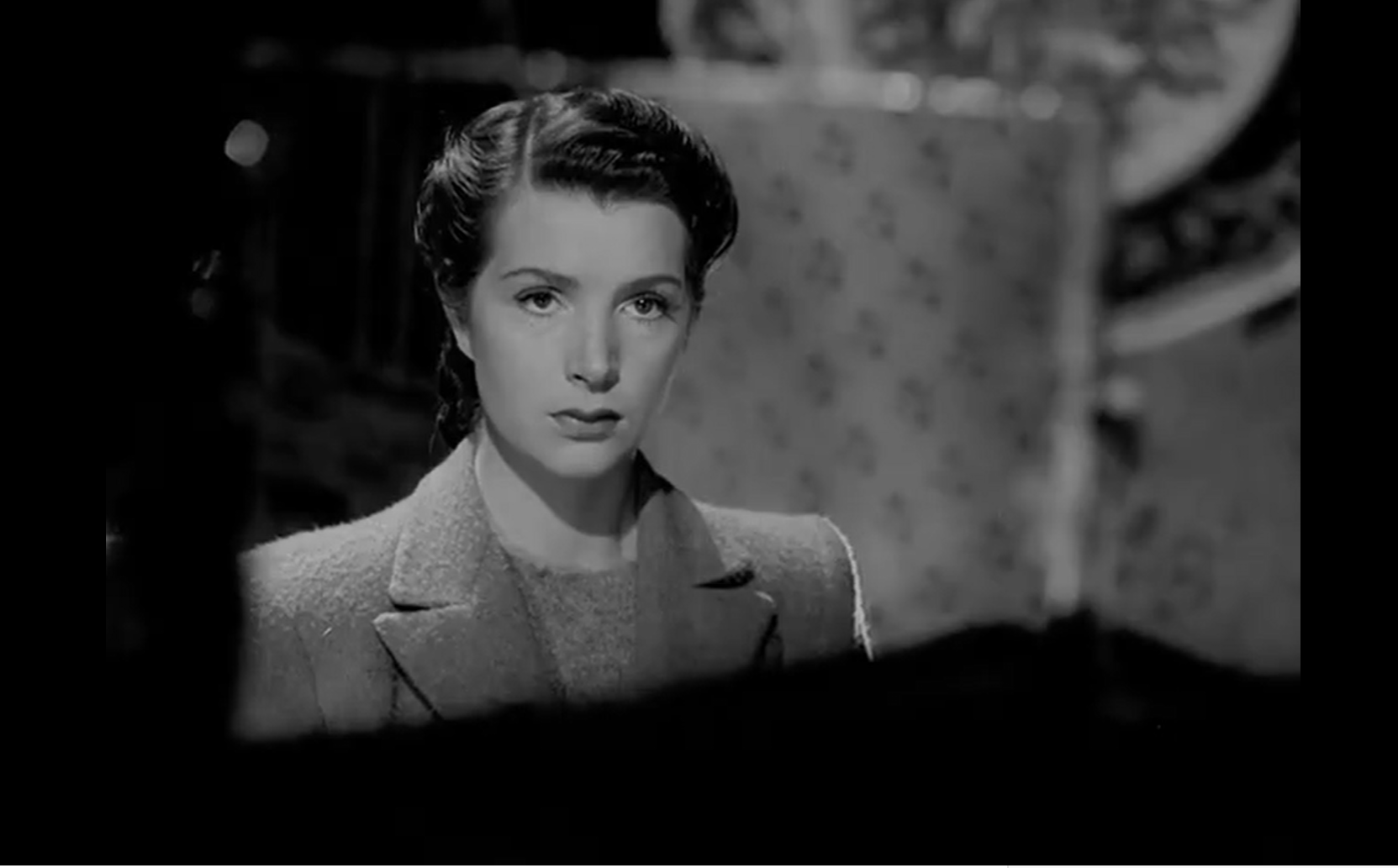
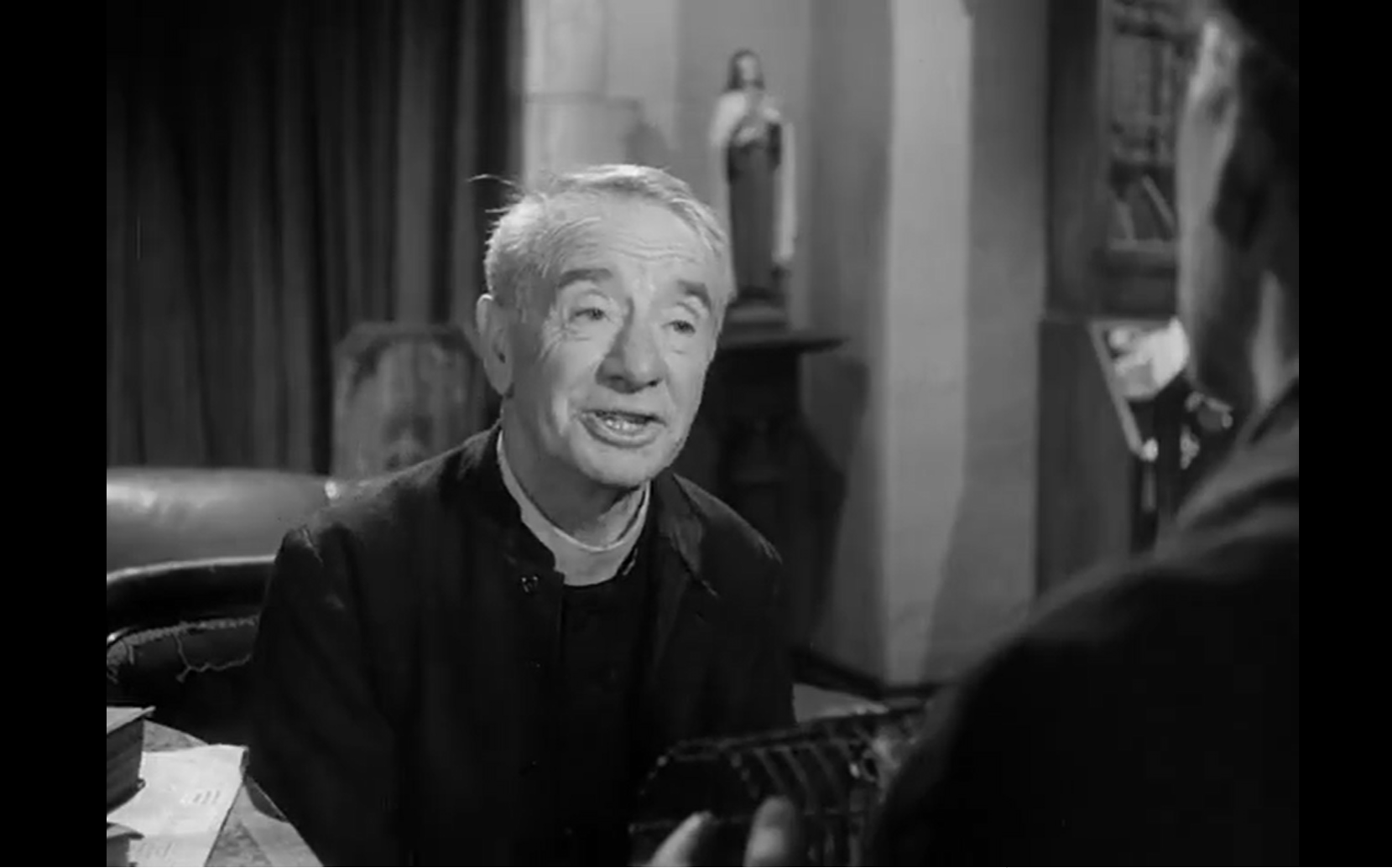

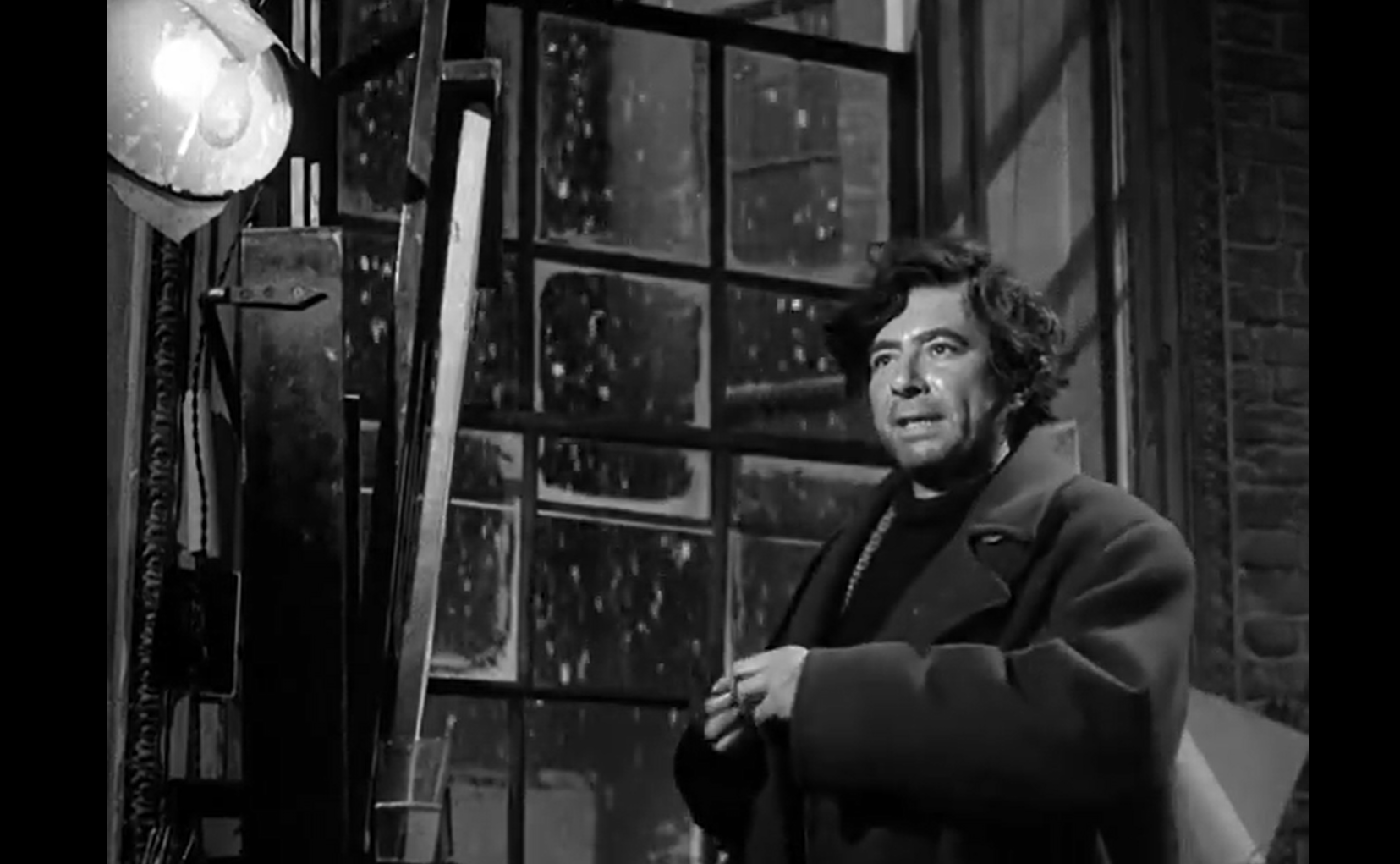
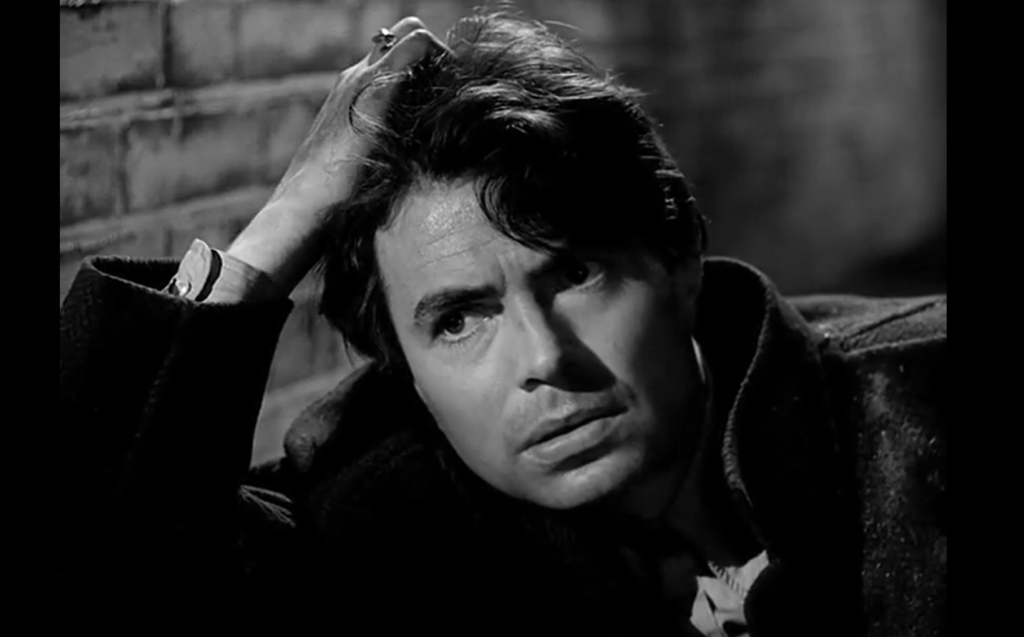

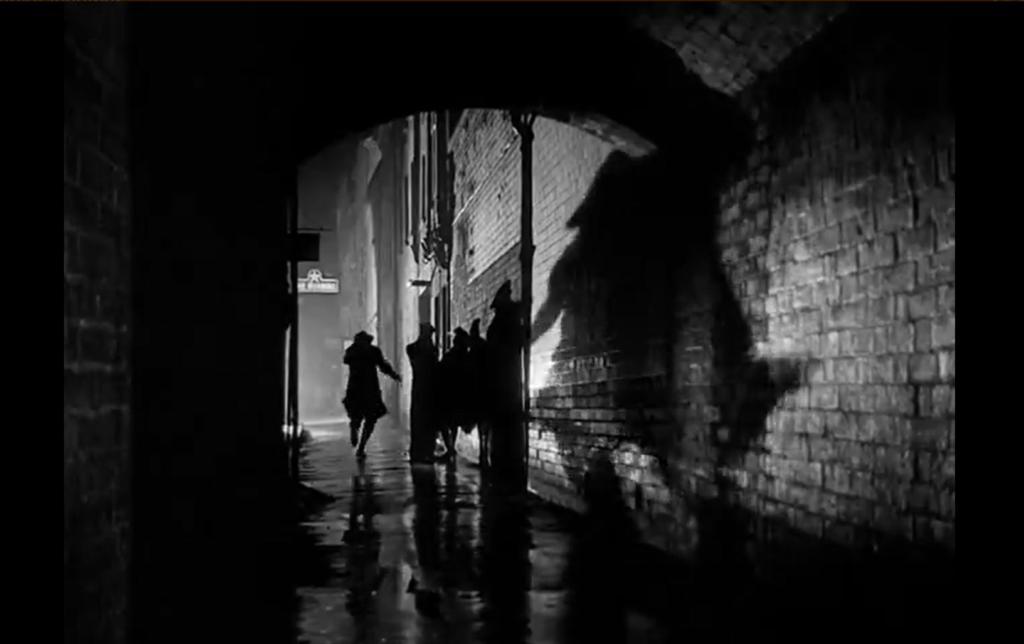

2 thoughts on “Odd Man Out (1947)”
A must-see, for its place in cinema history, Reed’s direction, and the performances (esp. Mason’s). As per my 11/2/14 post in ‘The ’40s-’50s in Film’ (fb):
“My faith is in my love.”|
‘Odd Man Out’ (1947) Rewatched this just now. In putting together the James Mason quiz, I noticed that Roman Polanski has said that this is his favorite film, and it has inspired him a number of times in his own work. It’s easy to see why and how. This noir film opens with a rather quiet scene – but that’s just about the last quiet scene the flick gives. Most of this thing is quite tense. As it follows Mason (doing sterling work, of course) in his suddenly-very-troubled position as an Irish revolutionary, the film is masterfully directed by Carol Reed – wonderfully detailed throughout, and with pitch-perfect turns by the entire cast. If you haven’t seen it, I very much recommend it.
⭐️⭐️⭐️⭐️⭐️ out of ⭐️⭐️⭐️⭐️⭐️
My favourite of the Carol Reed films I’ve seen. Involving narrative, lots of suspense and great performances. It also looks a peach.